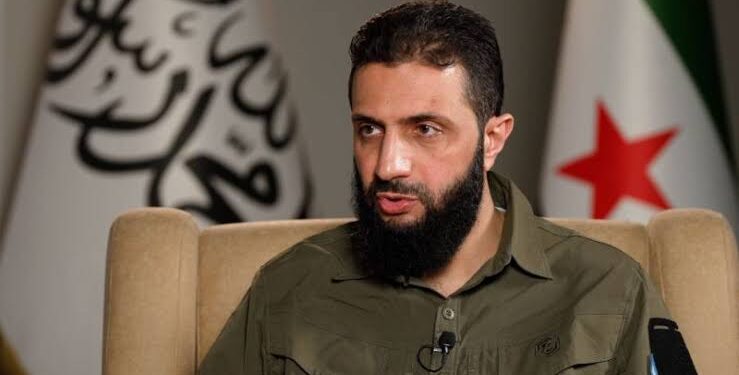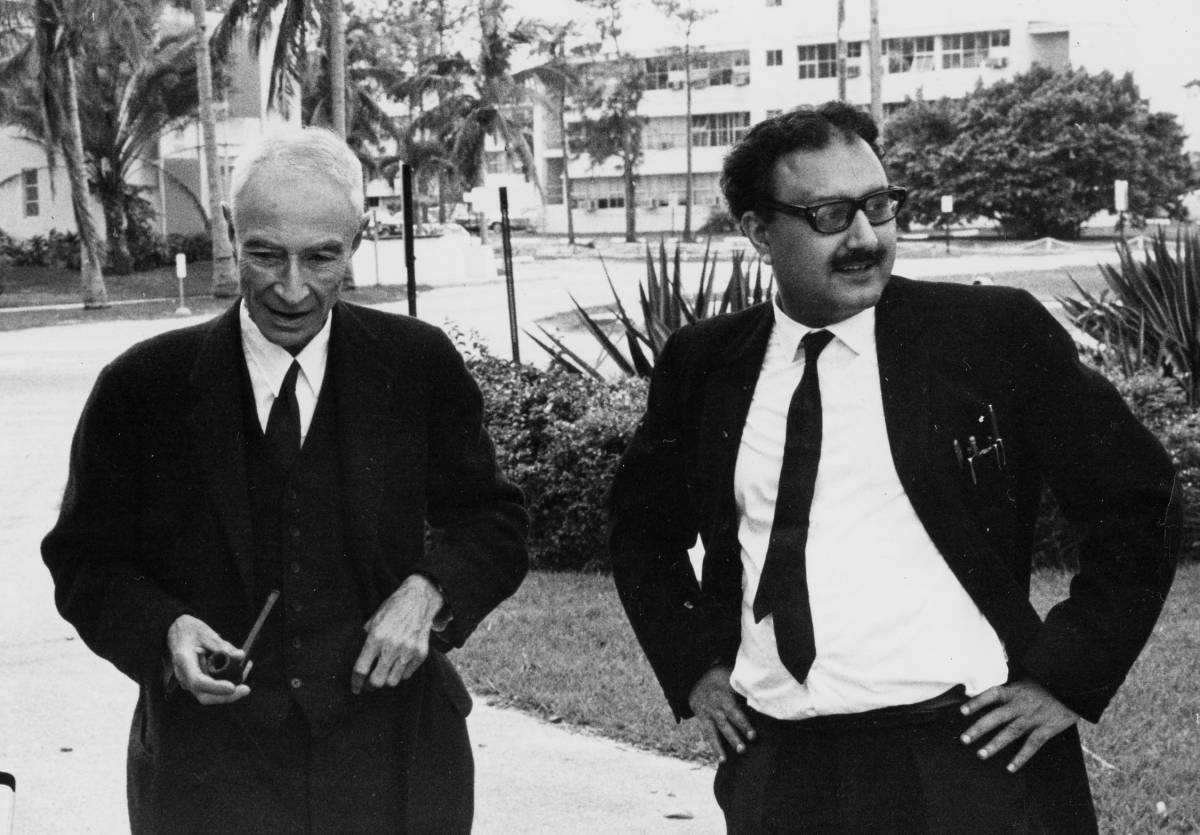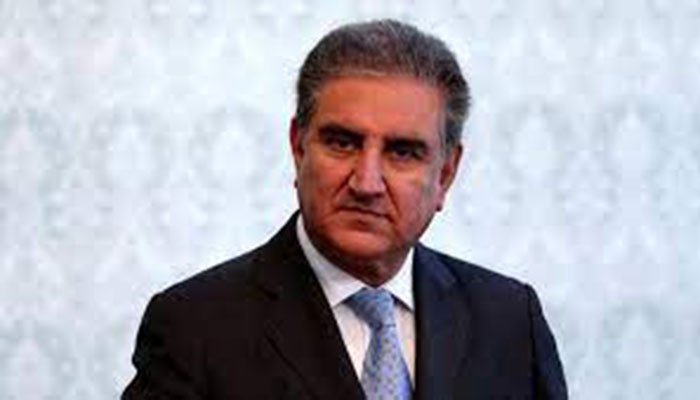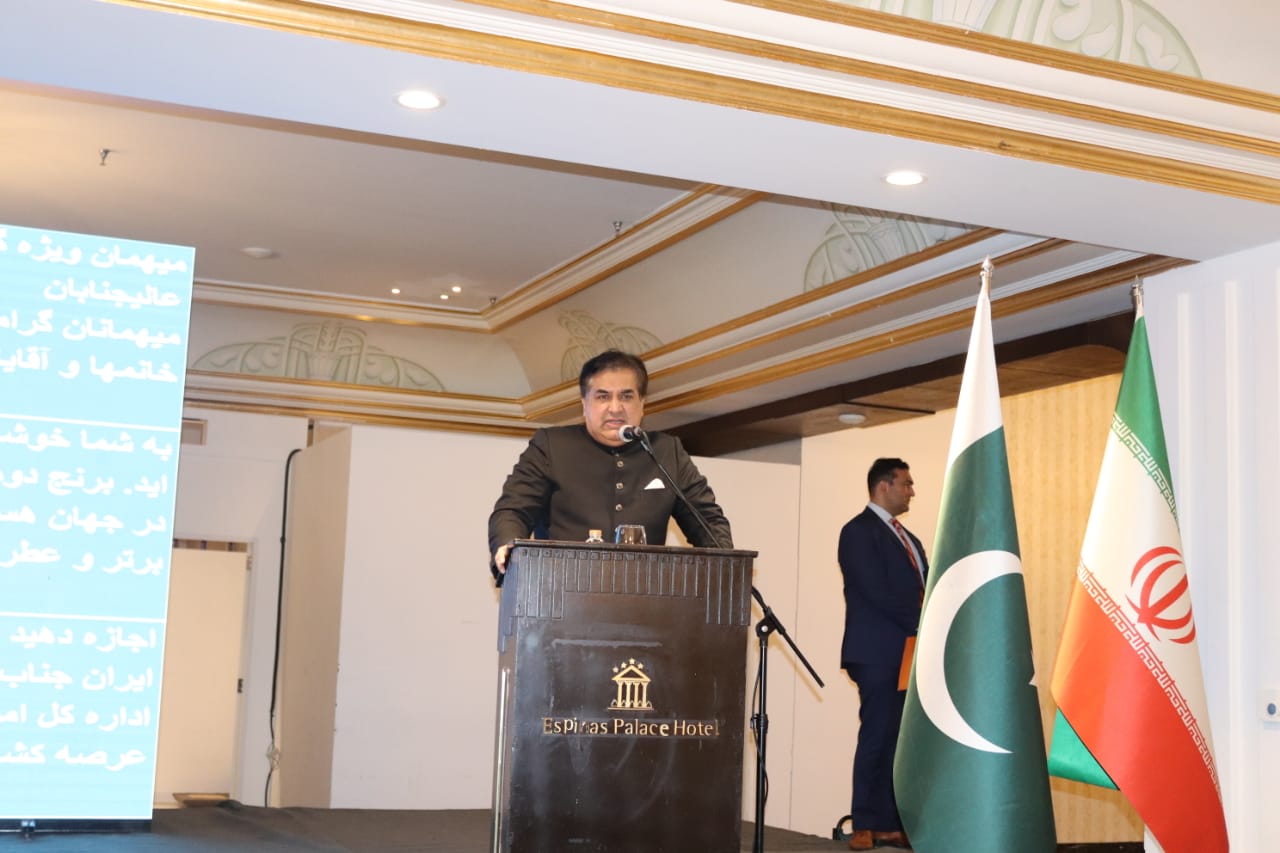Abu Mohammed al-Golani, the leader of Hayat Tahrir al-Sham (HTS), is emerging as a prominent figure in post-Assad Syria. Despite his controversial past and links to terrorism, al-Golani seeks to reshape his image as a statesman. His actions and the group’s strategy have stirred intense debate over Syria’s future governance.
Who is Abu Mohammed al-Golani?
Abu Mohammed al-Golani was born Ahmed al-Sharaa in 1982 in Saudi Arabia. He rose to prominence during Syria’s civil war as a key jihadist leader. Initially affiliated with al-Qaida, he later rebranded his group to align with Syria’s local governance needs. Under his leadership, HTS shifted its focus from global jihad to establishing control over Idlib and providing local governance. This transition marked a turning point for the group and solidified his role as its central figure.
Hayat Tahrir al-Sham: From Jihadism to Governance
Hayat Tahrir al-Sham (HTS) started as a militant group linked to al-Qaida. Over time, the group distanced itself from global terrorism. HTS now emphasizes local governance while maintaining its jihadist roots. The group provides services in Idlib, including security, education, and infrastructure development. This strategy has allowed HTS to position itself as a dominant force in Syria’s northwest and a defender of Sunni interests.
The U.S. Stance on al-Golani and HTS
The United States designates HTS and al-Golani as terrorists. The U.S. has placed a $10 million bounty on al-Golani under its Rewards for Justice program. Washington cites his role in global jihadist activities and attacks against Western interests. However, analysts suggest a potential policy shift as HTS focuses on local governance. The U.S. remains cautious but acknowledges HTS’s evolving role in Syria’s conflict.
HTS’s Rise to Power in Syria
HTS gained power by combining military strength, governance, and image reform. The group used military victories to secure its dominance in Idlib, Syria’s last opposition stronghold. Its governance initiatives include operating courts, maintaining law and order, and providing public services. These efforts appeal to locals seeking stability amidst chaos. HTS’s transformation has helped it maintain support and consolidate control in Syria’s northwest.
Challenges for al-Golani as a Leader
Al-Golani faces significant challenges in establishing himself as a legitimate post-Assad leader. His militant past and ties to terrorism cast a shadow on his ambitions. While some Syrians support his governance efforts, many remain skeptical of his intentions. Internationally, his jihadist history complicates efforts to gain recognition. The challenge lies in balancing Islamic governance with the demands of modern statecraft.
What Lies Ahead for Post-Assad Syria?
If al-Golani leads post-Assad Syria, his leadership will face scrutiny from domestic and global stakeholders. He may try to blend Islamic principles with modern governance models. However, his militant background could hinder efforts to secure international aid and recognition. The path to stability will depend on his ability to address these concerns while maintaining control over Idlib.
Abu Mohammed al-Golani stands at the crossroads of Syria’s future. His leadership and HTS’s transformation represent a complex narrative of governance and militancy. The world watches closely as he navigates his controversial past and positions himself for a post-Assad Syria.
Related Stories:
Syrian Rebel Leader, Al-Julani Declares “New History for the Region” while giving Victory Speech
Israel’s Defence Minister Links Tel Aviv for overthrowing former Syrian President
















